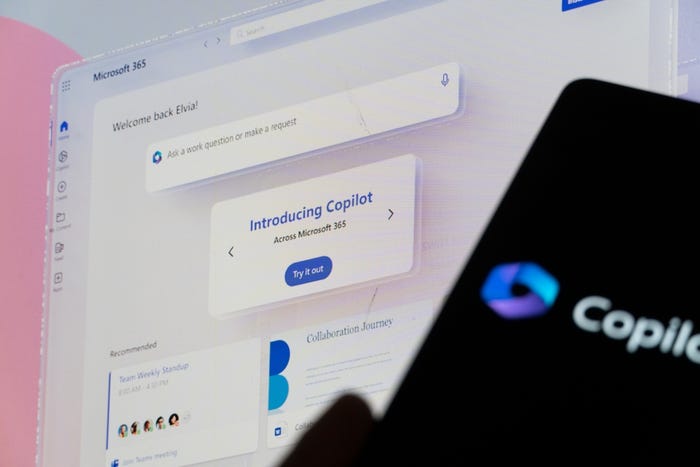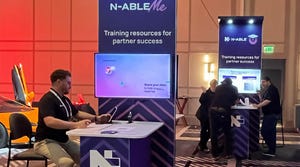Cloud Computing News & Updates
Welcome to our Cloud News & Updates page, designed for channel partners, advisors and tech vendors. Stay informed on the latest trends, services, and innovations in cloud technology. Explore breaking news, cloud market analysis and expert insights to empower your business and better serve your clients in the dynamic cloud computing landscape.
SADA, an Insight Company's Tony Safoian
Channel Business
SADA’s Safoian on Joining Insight Enterprises: ‘The Best Possible Home'SADA CEO on Insight Enterprises: ‘Best Possible Home’
With a few months as part of solutions integrator Insight Enterprises in the rearview mirror, SADA CEO and president Tony Safoian has no regrets.








































